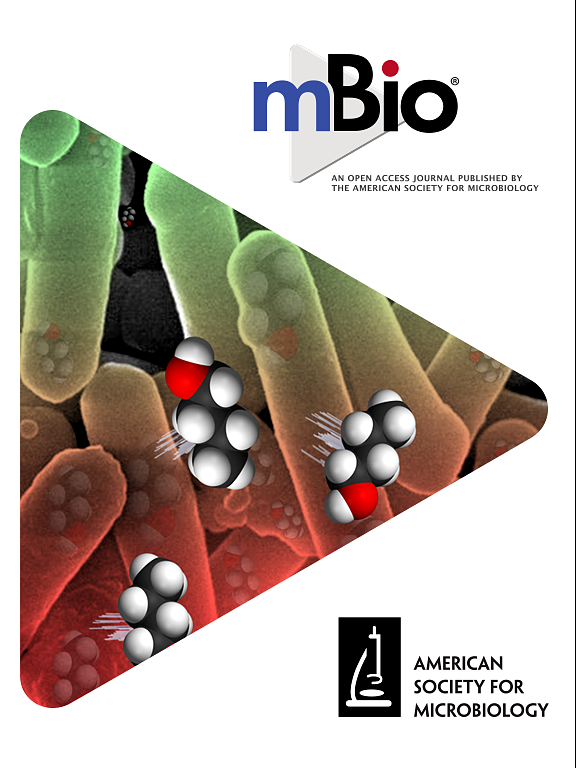SARS-CoV-2 中的 C→U 转换偏差:COVID-19 大流行开始 4 年后依然猖獗。
摘要
严重急性呼吸系统综合征冠状病毒 2(SARS-CoV-2)在大流行和大流行后时期的进化特点是快速的适应性变化,使其具有免疫逃逸能力和更强的人际传播能力。此外,序列变化还表现为过多的 C→U 转换,这被认为是宿主介导的基因组编辑所致。为了研究这些变化如何影响 SARS-CoV-2 的进化轨迹,我们于 2024 年 4 月从 NCBI Virus 下载了 2000 个高质量、编码完整的 SARS-CoV-2 变体基因组序列,这些序列收集于 2020 年 9 月之前,并且来自随后出现的 alpha、delta、BA.1、BA.2、BA.5、XBB、EG、HK 和 JN.1 世系。在 4 年的观察期内,C→U 转换是 SARS-CoV-2 品系多样化过程中最常见的替换。C 碱基的净损失和 U 碱基的积累以每十年约 0.2%-0.25% 的速度持续发生。超过四分之一的基因位点发生了 C→U 转换(26.5%;范围为 20.0%-37.2%),是其他转换(5.3%-6.8%)的五倍。与其他转换在整个基因组中的近似随机分布不同,大多数 C→U 转换发生在每个品系中统计上首选的位点。然而,只有大多数 C→U 多态性位点显示了先前与 APOBEC 3A 编辑相关的 5'U 首选上下文。对非配对碱基的偏好也同样微弱,这表明 RNA 的靶向性远没有 DNA 编辑中 A3 去氨基酶介导的那么严格。今后还需要进行功能研究,以确定编辑偏好、对 SARS-CoV-2 和其他 RNA 病毒体内复制适应性的影响以及对宿主趋向性的影响:严重急性呼吸系统综合症冠状病毒 2(SARS-CoV-2)在大流行和大流行后时期表现出了惊人的适应能力,能够躲避人类的免疫反应,并增加其在人与人之间的传播性。作为一种类似于逆转录病毒限制因子的细胞防御机制,宿主基因组编辑产生的多个 C→U 突变对 SARS-CoV-2 基因组的影响也日益严重。通过对整个大流行期间及之后收集到的大量 SARS-CoV-2 分离序列数据集的分析,我们发现 C→U 的转变推动了碱基组成的变化,随着时间的推移,C 碱基的净损失和 U 碱基的积累大约为 0.2%-0.25%/十年。大多数 C→U 取代发生在没有首选上游碱基的情况下,或以先前与宿主 RNA 编辑蛋白 APOBEC 3A 相关的未配对 RNA 碱基为目标。这些分析提供了一系列可检验的假设,可在未来进行实验研究。The evolution of severe acute respiratory syndrome coronavirus 2 (SARS-CoV-2) in the pandemic and post-pandemic periods has been characterized by rapid adaptive changes that confer immune escape and enhanced human-to-human transmissibility. Sequence change is additionally marked by an excess number of C→U transitions suggested as being due to host-mediated genome editing. To investigate how these influence the evolutionary trajectory of SARS-CoV-2, 2,000 high-quality, coding complete genome sequences of SARS-CoV-2 variants collected pre-September 2020 and from each subsequently appearing alpha, delta, BA.1, BA.2, BA.5, XBB, EG, HK, and JN.1 lineages were downloaded from NCBI Virus in April 2024. C→U transitions were the most common substitution during the diversification of SARS-CoV-2 lineages over the 4-year observation period. A net loss of C bases and accumulation of U's occurred at a constant rate of approximately 0.2%-0.25%/decade. C→U transitions occurred in over a quarter of all sites with a C (26.5%; range 20.0%-37.2%) around five times more than observed for the other transitions (5.3%-6.8%). In contrast to an approximately random distribution of other transitions across the genome, most C→U substitutions occurred at statistically preferred sites in each lineage. However, only the most C→U polymorphic sites showed evidence for a preferred 5'U context previously associated with APOBEC 3A editing. There was a similarly weak preference for unpaired bases suggesting much less stringent targeting of RNA than mediated by A3 deaminases in DNA editing. Future functional studies are required to determine editing preferences, impacts on replication fitness in vivo of SARS-CoV-2 and other RNA viruses, and impact on host tropism.
Importance: Severe acute respiratory syndrome coronavirus 2 (SARS-CoV-2) in the pandemic and post-pandemic periods has shown a remarkable capacity to adapt and evade human immune responses and increase its human-to-human transmissibility. The genome of SARS-CoV-2 is also increasingly scarred by the effects of multiple C→U mutations from host genome editing as a cellular defense mechanism akin to restriction factors for retroviruses. Through the analysis of large data sets of SARS-CoV-2 isolate sequences collected throughout the pandemic period and beyond, we show that C→U transitions have driven a base compositional change over time amounting to a net loss of C bases and accumulation of U's at a rate of approximately 0.2%-0.25%/decade. Most C→U substitutions occurred in the absence of the preferred upstream-base context or targeting of unpaired RNA bases previously associated with the host RNA editing protein, APOBEC 3A. The analyses provide a series of testable hypotheses that can be experimentally investigated in the future.

 求助内容:
求助内容: 应助结果提醒方式:
应助结果提醒方式:


